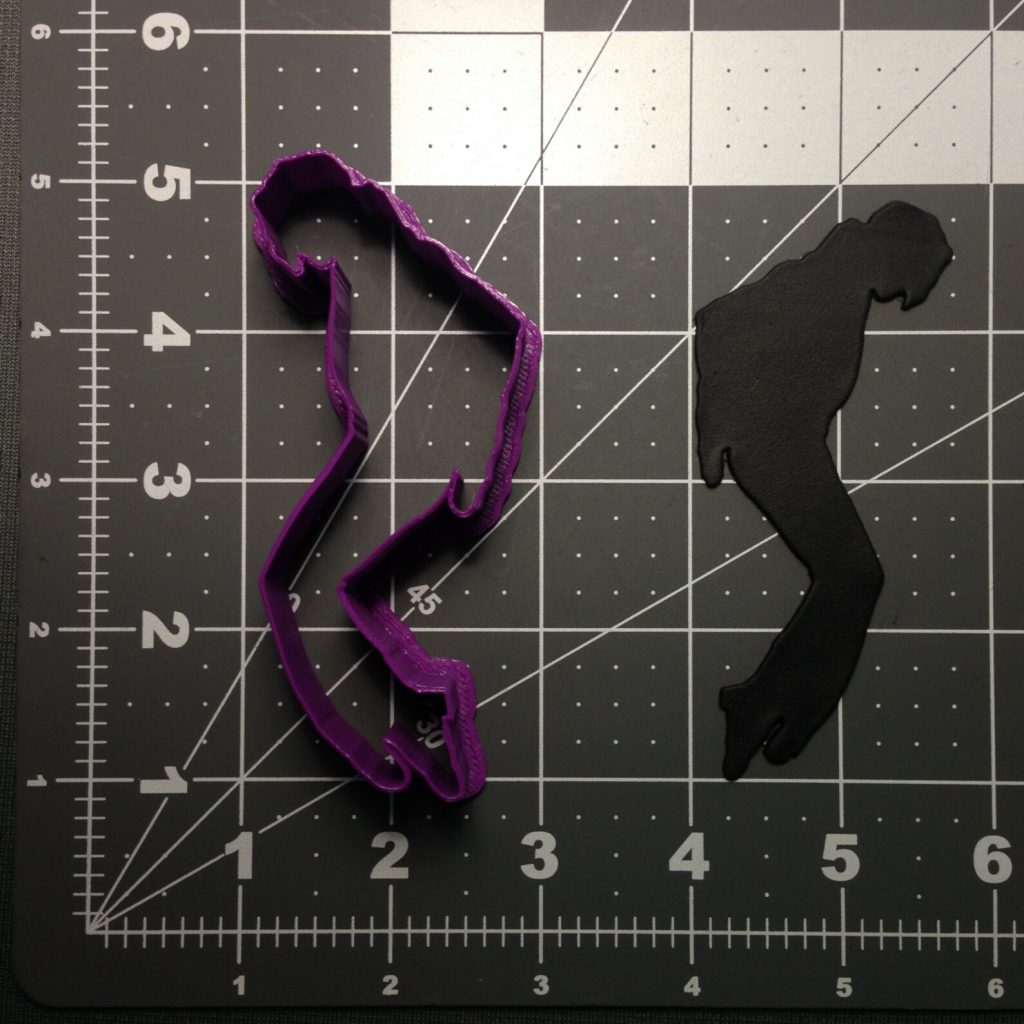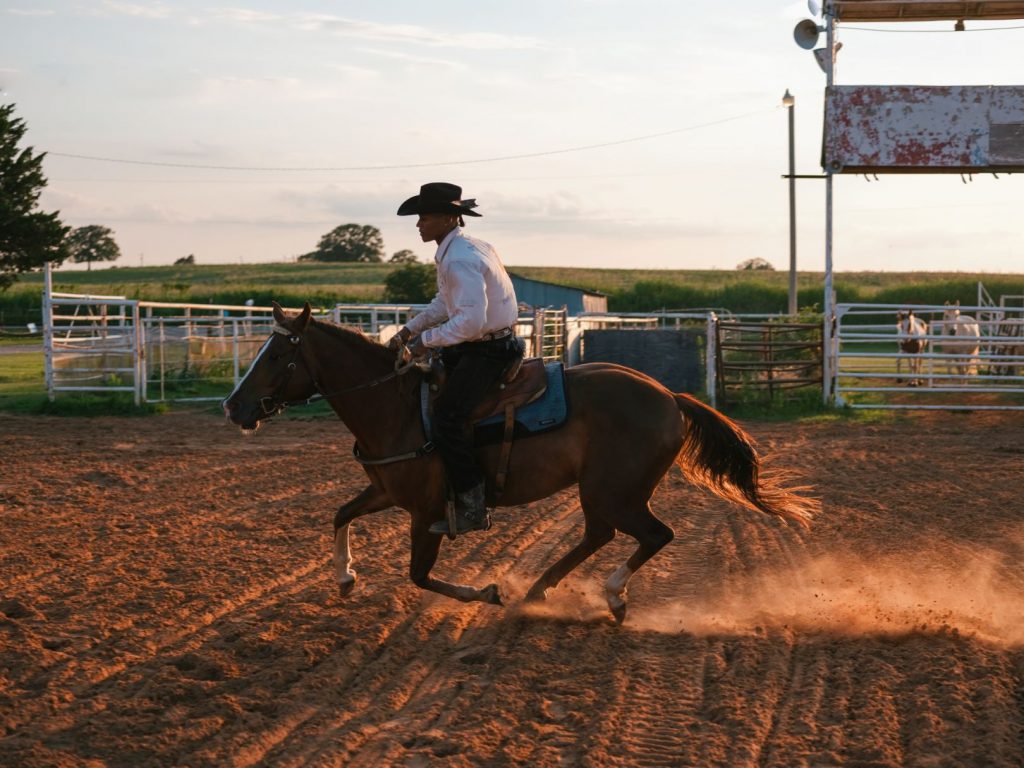One of my favourite pieces of this year so far is Jason Okundaye’s examination of queer influencer activists [archived] and how their brand of infographic-based activism tries to distill a lot of complex historical information but often comes across as misleading and without nuance.
Beyond simply being annoying, the bigger problem is that the content and claims these influencers post are so often specious. Many of their posts, endlessly reshared, fall into a category of folk knowledge I call “things that sound true, and so must be true.” The verification system many followers use to vet the accuracy of these posts seems to be pure vibes. A sense that, because what is written feasibly aligns with a vague understanding of structural oppression, then it is undeniably true, and unquestionable.
One particularly irksome example of this recently came from the influencer activist and author Adam Eli, who has over 100,000 Instagram followers. In a tweet, which was copied to Instagram, Eli wrote in response to the Russian invasion of Ukraine, “In times of war, marginalized people are always hit first. This includes queer people, especially trans people. Below is a list of organizations that are helping queer people in the Ukraine.” This is incoherent, of course. The Russian invasion has launched an indiscriminate bombing campaign which endangers all Ukrainians, regardless of identity. But I nevertheless saw this claim shared across Instagram stories countless times.
I’d like to think that those who shared the idea that queer people suffer first in war feel a genuine despair for LGBTQ+ Ukrainians and wish to spotlight their suffering. My more cynical instincts tell me that this is another form of shallow digital queer politics that can only empathize through the lens of queerness — or views queerness as a satisfactory, singular prism for assessing oppression and struggle. The graphic Eli used to accompany their post about Ukraine was one of friendly looking queer protestors, beautifully adorned with pride hearts and flags. I wonder if you could ever elicit the same empathy, or a call for asylum, using the imagery of a burly, menacing-looking, straight Ukrainian man.
It’s a read in all senses of the word and I highly recommend you take a look as I know many people I follow on Instagram have shared content from the referenced activists.





